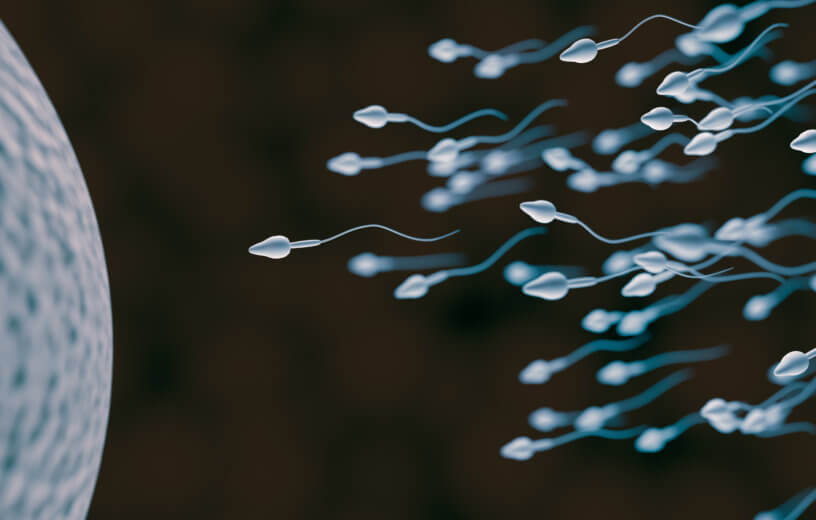SHEFFIELD, United Kingdom — A groundbreaking new treatment for infertility could be on the horizon after scientists identified a protein that helps sperm fuse with an egg.
Dubbed MAIA after the Greek goddess of motherhood, it helps draw the reproductive cells in. According to researchers from the University of Sheffield, the discovery opens the door to new fertility drugs as well as a male oral contraceptive that targets the chemical.
Prior studies have suggested that rising rates of obesity are to blame for increasing infertility rates. Exposure to environmental chemicals is another possibility scientists are looking at.
“Infertility is unexplained in more than half of those who struggle to conceive naturally. What we know about fertility in humans has been severely limited by ethical concerns and the lack of eggs for research,” says Professor Harry Moore, lead investigator from the University of Sheffield’s School of Biosciences, in a media release.
Egg experiment unravels the mystery of conception
Fertilization takes place when a sperm and egg cell recognize each other and then fuse to form an embryo. How this takes place, however, has been a bit of a mystery. The Sheffield team used a pioneering method that mimicked the fertilization process. They found MAIA is key to sperm fusing with the egg’s interior, or cytoplasm.
“The ingenious artificial fertilization technique which enabled us to identify the MAIA protein will not only allow scientists to better understand the mechanisms of human fertility, but will pave the way for novel ways to treat infertility and revolutionize the design of future contraceptives,” Prof. Moore says.
Working with colleagues across the world, the researchers created artificial eggs using thousands of beads. Each had a different piece of protein, or peptide, on its outer later. During incubation, only a small number had sperm attached.
After several painstaking rounds of removal, they were eventually left with those corresponding to one particular compound – MAIA. Sperm bound to all of these beads. The researchers then inserted the MAIA gene into human cells grown in Petri dishes. They became receptive to sperm in exactly the same way as during natural fertilization.
The study in the journal Science Advances shows the protein is responsible for drawing sperm into the egg. It could confirm the idea that some sperm are not be compatible with some eggs. The researchers now plan to explore whether sperm from different individuals bind to the protein differently.
On average, a man produces between 80 and 300 million sperm each time he ejaculates. It is literally a race for life when they swim towards egg cells to fertilize them — and MAIA is the crucial component.
Despite that, more than 60 percent of fertility issues are related to poor sperm, so it is important to keep them healthy. One in five men under 35 has a low sperm count.
“This discovery of the MAIA protein is a major step forward in how we understand the process of human fertilization. It would have been almost impossible to discover without the use of the artificial beads to replicate the surface of human eggs as we simply wouldn’t have been able to get enough eggs to do the experiment. A classic case of thinking out of the box,” concludes co-author Professor Allan Pacey from Sheffield’s Departments of Oncology and Metabolism and Infection, Immunity and Cardiovascular Disease.
South West News Service writer Mark Waghorn contributed to this report.

